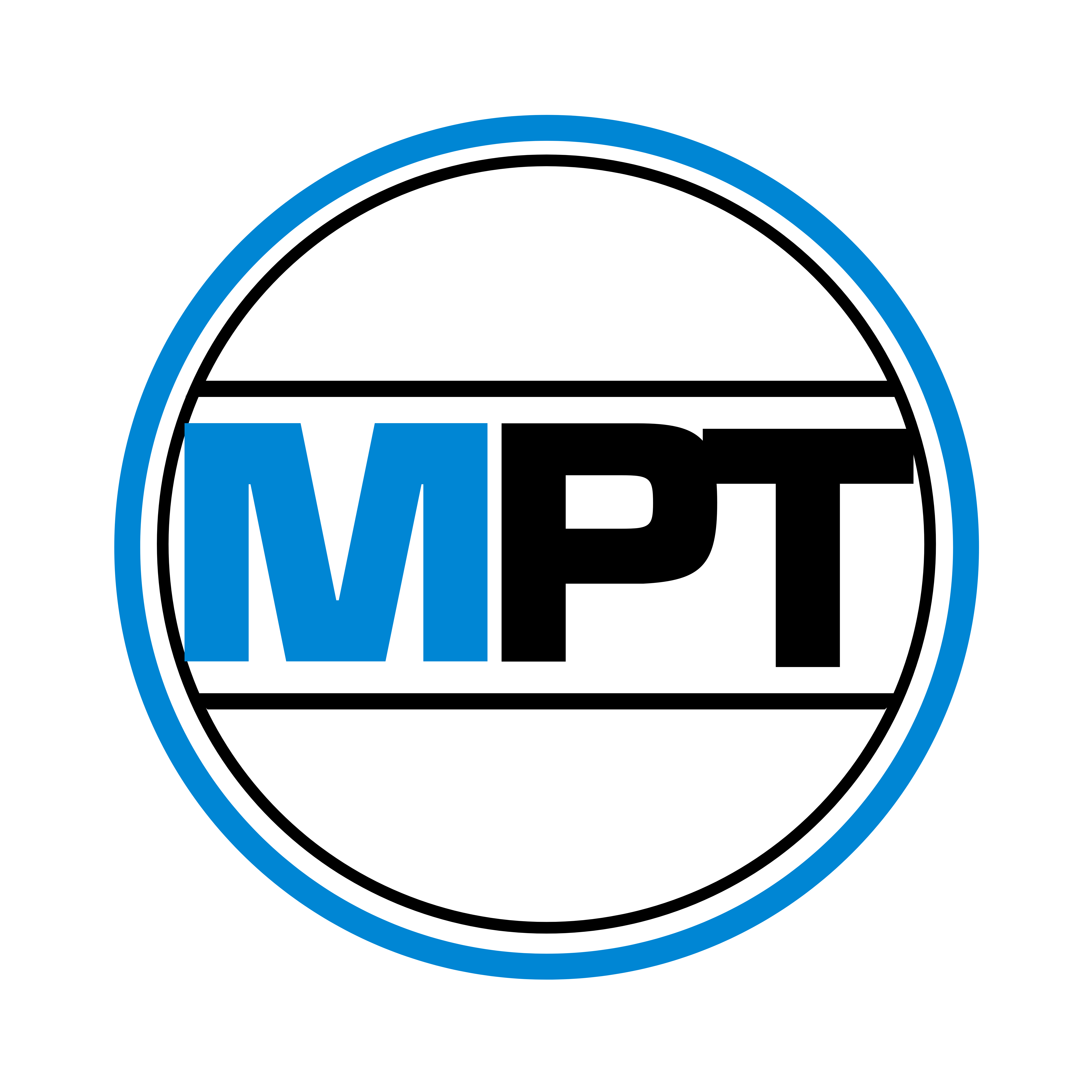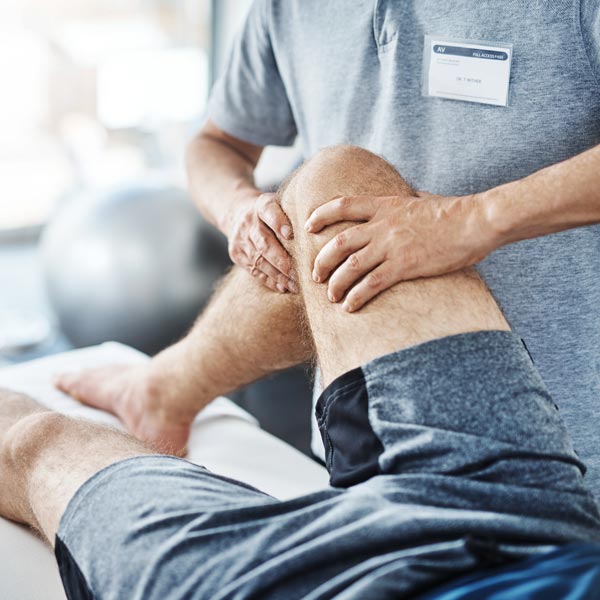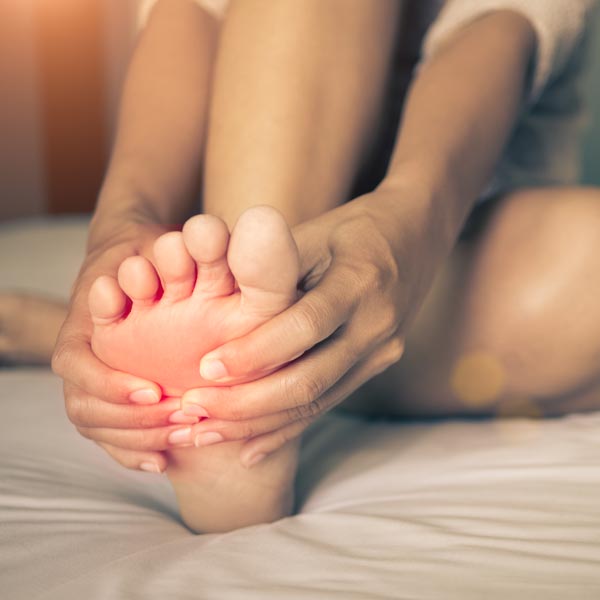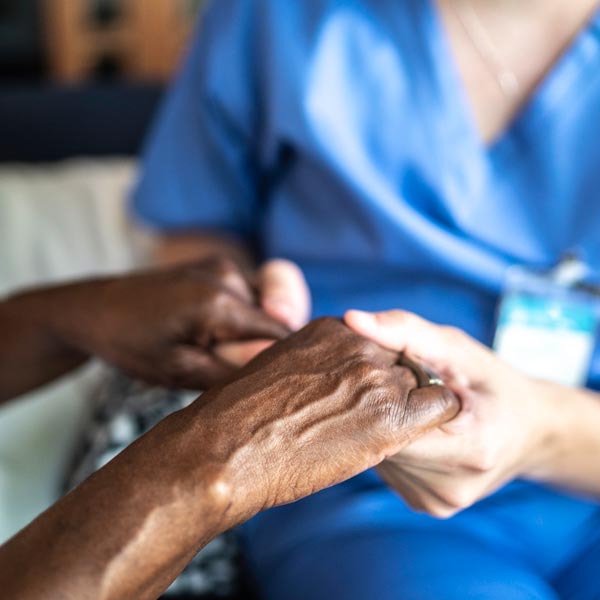Symptoms
Struggling With Pain?
At Munger Physical Therapy we pride ourselves in one on one therapy, private treatment rooms, and individualized treatment plans. Our goal is to create a comfortable healing environment for your personal recovery. We listen to your issues and perform a complete evaluation. Our plan of care is based on recent research and over twenty-five years of experience to get you back to what you love to do!
Do You Have Any of the Following Symptoms?
Dry Needling
Dry needling is a technique used by physical therapists to treat pain and movement impairments. The method uses a thin filiform needle, one without medication or injection, inserted through the skin into muscle areas. Dry needling stimulates underlying myofascial trigger points and muscular and connective tissues. This technique improves pain control, reduces muscle tension, and normalizes dysfunctions of the motor end plates – the sites where nerve impulses are transmitted to muscles.
Kinesio Taping
Kinesio Taping Method was designed to facilitate the body’s natural healing process while allowing support and stability to muscles and joints without restricting the body’s range of motion. It is used to successfully treat a variety of orthopedic, neuromuscular, neurological, and medical conditions. Kinesio Tape is safe enough for a baby’s sensitive skin, and gentle enough for aging adults.
Massage
Massage therapy helps provide physical relief and teaches valuable mental habits that are sustainable and carry into other aspects of our daily lives. Learn more about the added benefits to massage therapy. When you integrate massage therapy into your overall treatment plan, you can expect to experience its many therapeutic benefits:
- Regulate Inflammation
- Reduce muscle soreness and tension
- Promote faster healing
- Relieve headaches
- Improve blood circulation and immune function
- Lower heart rate and blood pressure
- Improve digestive well-being
- Improve breathing
- Alleviate anxiety and depression
- Boost Focus
- Improve sleep
Physical Therapy
At Munger Physical Therapy, we combine hands-on techniques such as myofascial release and joint mobilizations paired with stretching and strengthening programs to help you regain strength and mobility.
Our Specialties
Back and Neck Pain
We have multiple tools to address both acute and chronic spine pain including McKenzie Diagnosis and Treatment, Mulligan Concept, myofascial release, and biomechanical assessment. Many of our patients are able to avoid invasive procedures after physical therapy treatment. During your evaluation for a spinal condition, the physical therapist will look at how your neck or back moves and the effect of movement on your symptoms. He or she will assess what part your nerves have in your symptoms and examine the joints of the spine and the surrounding muscles and connective tissue. You will be asked questions about how your symptoms behave and given an exercise or exercises to perform and monitor your response to at home.
Chronic Pain
Our clinical staff continually seeks out treatment methods to build upon the techniques we use to successfully treat chronic pain including pain related to fibromyalgia and lasting pain from traumatic accidents. There are many reasons a person may be in a chronic pain state. The pain you are experiencing may not be something you “have to deal with”, physical therapy can help manage your symptoms. During your evaluation for chronic pain, the physical therapist will ask you detailed questions about the nature of your pain. He or she will examine the affected areas and perform tests that will help determine the underlying cause of your pain. You will be given instruction on what to do at home and asked to monitor your symptoms to report back at your follow up visit.
Vertigo
Vertigo can have root causes that can be addressed with physical therapy intervention. During your evaluation for vertigo, the physical therapist will ask you questions about the nature of your symptoms including duration and triggers. He or she will examine your neck including how well the joints of spine move, the muscles, the connective tissue, and if you have any signs that would indicate the nerves in the neck as part of the problem. You will also be assessed for the effect of various positions on your symptoms to determine if your have inner ear involvement. You will be given instruction on what to do at home and asked to monitor your symptoms to report back at your follow up visit.
Sports Injuries
We treat athletes of all ages and levels, from AYSO soccer kids to high school athletes and marathon runners to weekend warriors. We understand athletes and the demands the body must meet to excel. During your initial evaluation, the physical therapist will look at the area of your injury, any swelling present, the range of motion of your affected joints, and the tenderness and flexibility of surrounding muscles and connective tissue. You will be asked how your injury occurred as well as what types of activities you wish to return to so your program is specific to your sport. The physical therapist will give you information on managing swelling and exercises to help restore movement to the affected area.
TMJ (Temporal Mandibular Joint Dysfunction)
Physical therapy can address many of the intrinsic causes of TMJ dysfunction including lack of/abnormal joint motion, muscle and connective tissue tightness, and poor postural habits. During your evaluation for a TMJ problem, the physical therapist will evaluate how your jaw moves, the condition of the surrounding soft tissue, and the potential involvement of nearby physical structures. You will be given an exercise or exercises to perform and monitor your response to at home.
Headaches / Migraines
Often headaches and migraines have root causes that can be addressed with physical therapy intervention. During your evaluation for headaches/migraines, the physical therapist will ask you questions about the nature of your symptoms including duration and triggers. He or she will examine your neck (a frequent source of migraines) including how the joints of the spine move, the muscles, the connective tissue, and if you have any signs that would indicate the nerves in the neck as part of the problem. The therapist may evaluate how well you can move your neck and the effect of repeated movement on your symptoms. You will be given instruction on what to do at home and asked to monitor your symptoms to report back at your follow up visit.
Balance Training / Fall Prevention
Fear of falling has been researched and proven to contribute to an increased fall risk. Balance training is appropriate for those who have fallen in the past as well as those who have poor balance that puts them at an increased risk of falling. During your evaluation for balance and fall risk the physical therapist will measure your strength and flexibility, test your reflexes, perform tests to measure your mobility and ability to balance. He or she will also question you about your daily activities, home life, and hobbies to better create a personalized plan. You will be given exercises to perform at home and information on steps to reduce your fall risk.
Orthopeadic Surgeries: Knee, Hip, Shoulder
Post surgical rehabilitation: From total knee replacements to a shoulder scope to back surgery, we are well experienced in post surgery rehabilitation. We utilize hands on techniques to help the affected joint and muscles move freely. We will also guide you through an individualized exercise program to restore full strength and flexibility. During your evaluation post surgery the physical therapist will look at your incision, amount of swelling, affected joints, and surrounding muscles and connective tissue. You will be asked what types of activities you wish to return to so your program is specific to your life. The physical therapist will give you information on managing swelling and exercises to help restore movement to the affected area.







